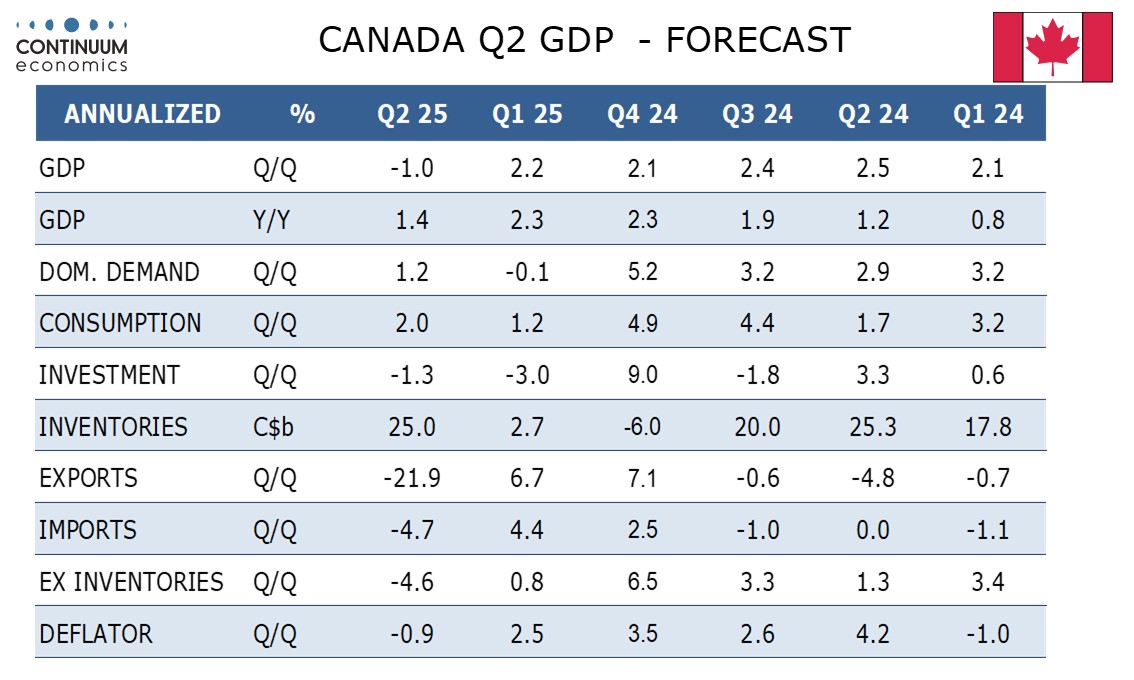FX Daily Strategy: N America, August 29th
JPY upside risks as Japan Core-Core CPI stubborn
European CPI unlikely to have much impact
US trade data could undermine the USD
CAD vulnerable to decline in GDP
JPY upside risks as Japan Core-Core CPI stubborn
European CPI unlikely to have much impact
US trade data could undermine the USD
CAD vulnerable to decline in GDP
After a week largely devoid of significant data, Friday sees some potentially market-moving data in the form of Tokyo CPI from Japan and preliminary CPI from France, Germany and Spain, trade and personal income and consumption data from the US and GDP data from Canada.
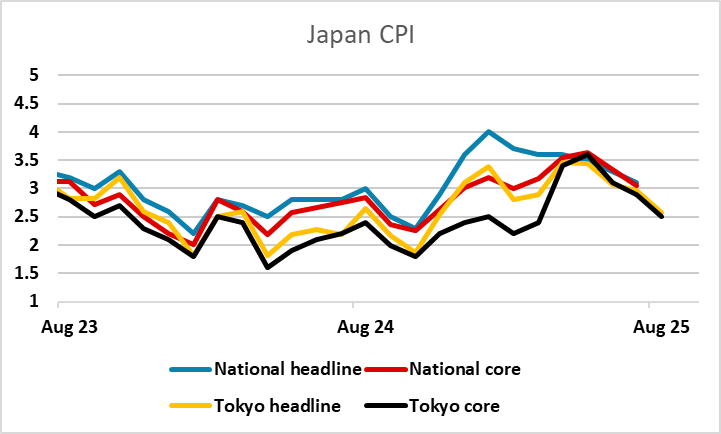
First up was Tokyo CPI, which is effectively preliminary CPI for Japan. The data was in line with consensus with a decline in core CPI to 2.5% from 2.9%. However, ex fresh food and energy remain elevated at 3.1%, despite ex fresh food also moderating. It continues to point towards stubborn underlying inflation and could further pressure the BoJ to hike, but the data had no impact on USD/JPY.
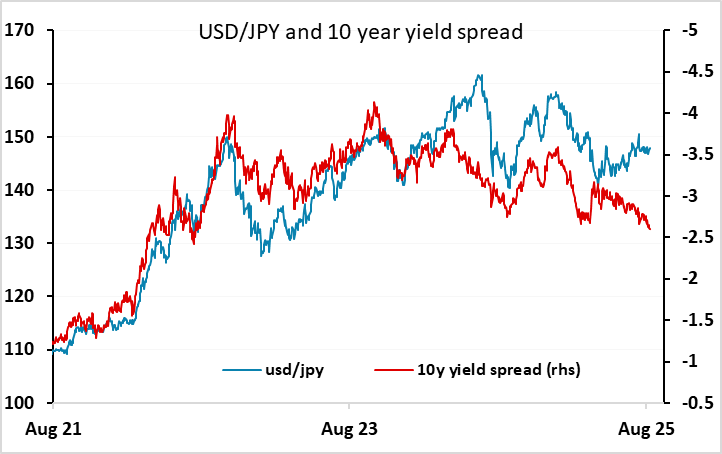
In Europe there is likely less sensitivity to the inflation data, as the latest set of ECB minutes (technically the account of the monetary policy meeting) sounded very neutral, and it will take a lot to move the ECB from this stance given the continuing uncertainties around the impact of tariffs on the US and world economy and Fed policy under the Trump administration. The French and Spanish data were on the soft side, but the German data on the firm side, so there is little net reason to see a break of the 1.16-1.17 range.
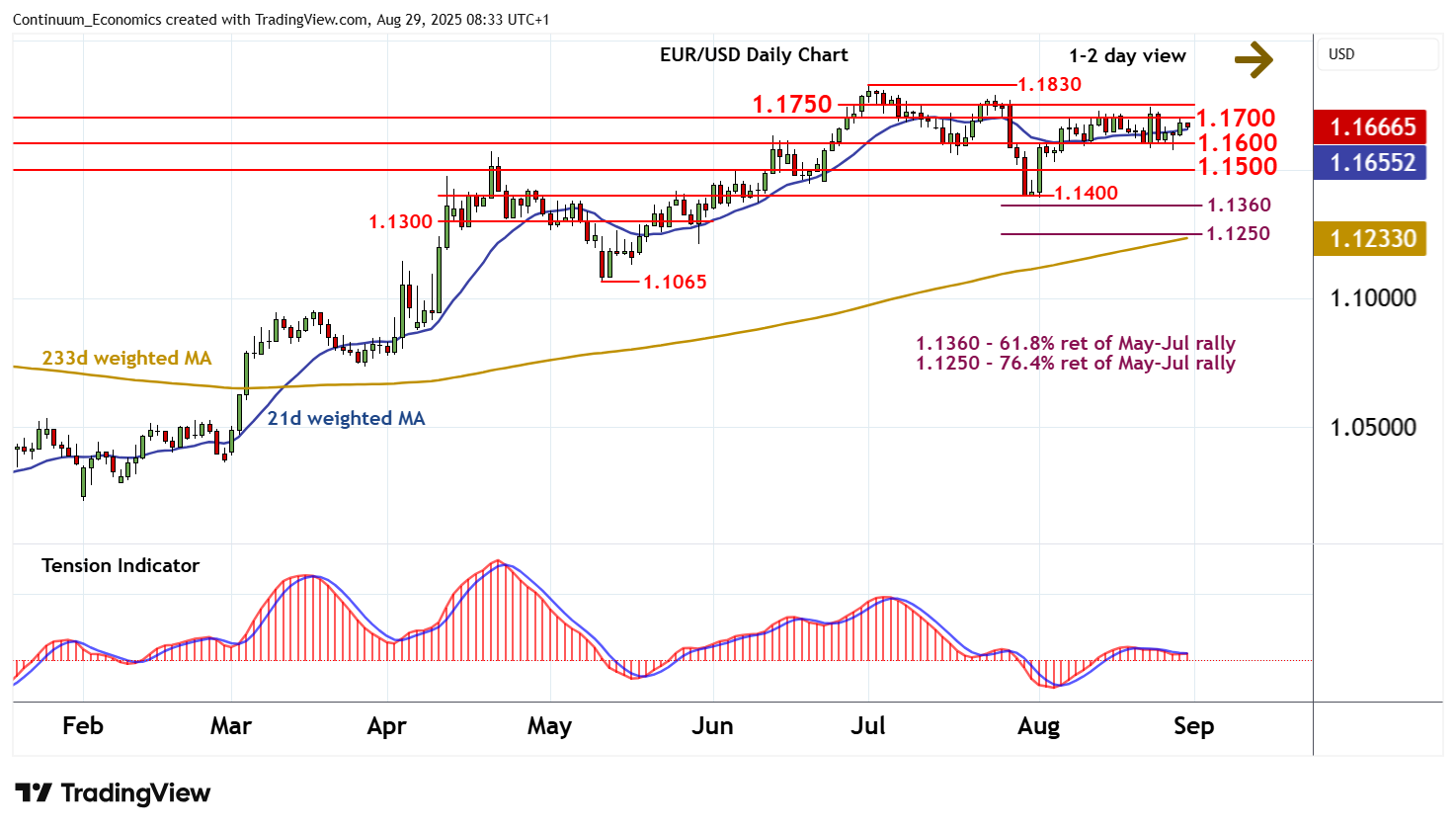
The trade numbers may be the main focus in the US data, as there will once again have a significant impact on the projections for Q3 GDP. We expect an advance July goods trade deficit of $99.8bn, up from $84.9bn in June but still closer to the Q2 average of $89.0bn than the Q1 average of $155.0bn when imports surged ahead of tariffs. Our forecast nevertheless indicates a much higher deficit than the $90bn consensus, and we would consequently see USD downside risks on the data.
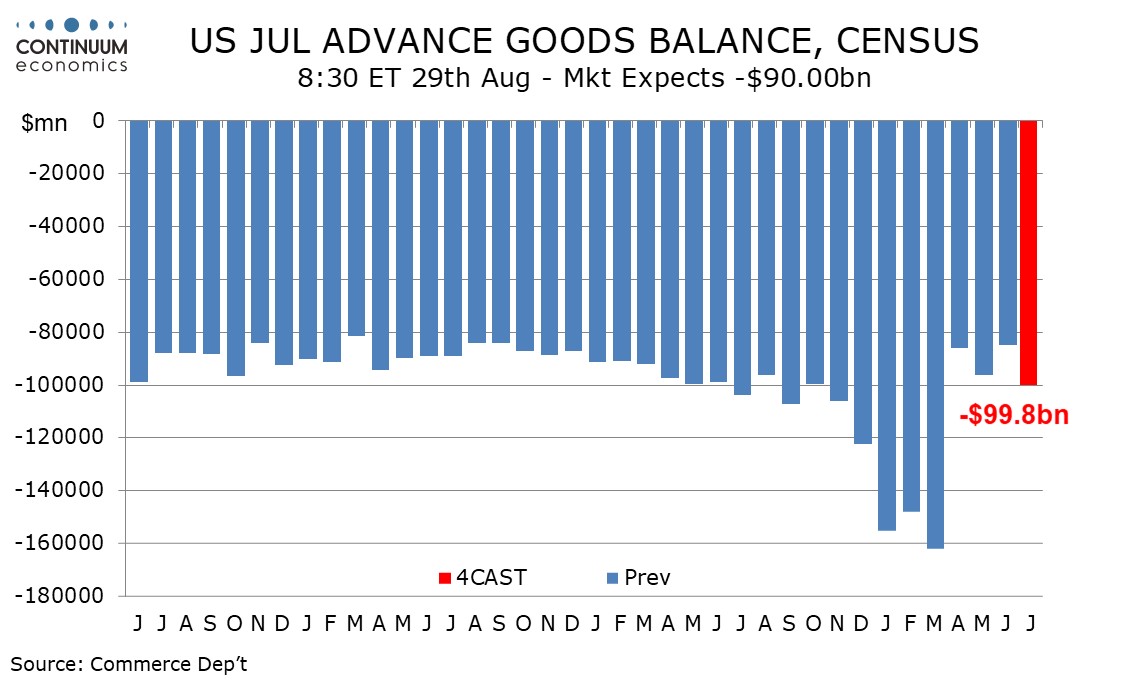
We expect Q2 Canadian GDP to fall by 1.0% annualized after five straight gains marginally above 2.0%. This would be slightly stronger than a Bank of Canada forecast of -1.5% but weaker than what monthly GDP data is likely to imply for the quarter, with June seen rising by 0.1%. The market consensus is for a decline of 0.6% annualised, so there are some downside risks for the CAD on these numbers.
